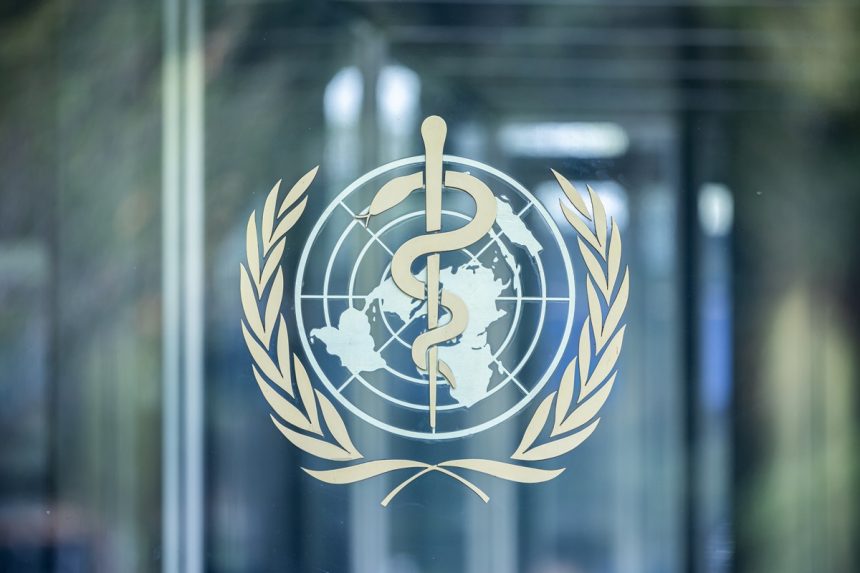Enhanced Biosecurity Frameworks for Laboratories: WHO’s New Recommendations
The World Health Organization (WHO) has recently released revised guidelines aimed at empowering national authorities and biomedical laboratories to efficiently manage biological hazards.
The Role of Laboratories in Healthcare Systems
Laboratories hold a crucial position within healthcare infrastructures, playing vital roles in patient diagnostics, swift clinical interventions, disease monitoring, pathogen analysis, and the innovation of treatments and vaccines. Well-designed labs equipped with necessary tools and staffed by well-trained professionals are essential. The implementation of scientifically-backed risk reduction strategies combined with transparent communication and comprehensive oversight mechanisms is key to protecting both the workforce and the broader community from pathogens and harmful toxins.
Recent Updates in Laboratory Guidelines
The latest updates from WHO emphasize several areas for enhancement: bolstering cybersecurity protocols for sensitive information such as health records; managing dangers presented by emerging technologies—including those related to genetic editing or pathogen manipulation; utilizing artificial intelligence responsibly; and ensuring the safety of laboratory operations during crises like conflicts, social unrest, or natural disasters.
A Global Perspective on Biosecurity Strengthening
This updated guidance aims not only to direct experienced nations but also significantly assists those lacking proper regulatory frameworks in establishing or fortifying their systems for managing high-risk pathogens. It underscores the necessity of robust institutional governance whereby a dedicated Institutional Biosafety Committee operates under national supervision.
Best Practices Outlined by WHO
The current guidance outlines optimal practices while urging Member States to adopt a risk-oriented approach as highlighted in the recent resolution pertaining to ‘Enhancing laboratory biological risk management’, which was ratified at this year’s World Health Assembly.
Collaborative Development Process
The creation of these guidelines involved extensive collaboration among various stakeholders, including WHO collaborating centers and specialized technical committees such as the WHO Technical Advisory Group on Biosafety (TAG-B). This collaborative effort ensures that multiple perspectives influence best practices in laboratory biosecurity.
Commitment Towards Biological Safety
Through fostering active participation from institutions alongside governmental organizations, these new guidelines help mitigate risks associated with high-consequence pathogens while accommodating essential biomedical research pursuits. Such measures are designed not only to prevent potential misuse or accidental release of biological agents but also guarantee that credible research efforts can proceed unhindered.






